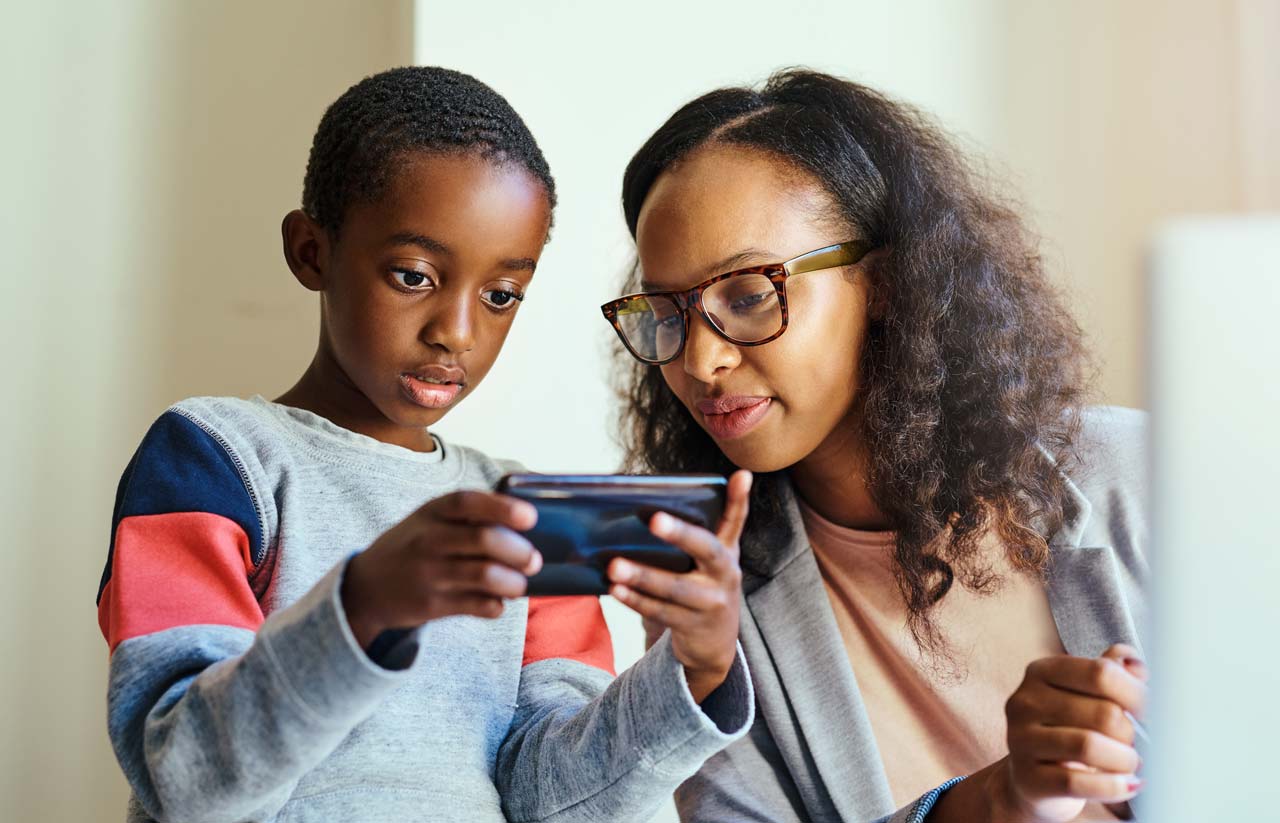“We’ve seen an increase in behavioral health issues in young people over the past decade, and the amplified exposure to negative news is likely a contributing factor,” says Chirayu Parikh, DO, Associate Medical Director at Princeton House’s North Brunswick outpatient site. “Even when they’re not looking for news, they encounter it through social media feeds, smartphone pop-ups, and conversations on the bus.”
Dr. Parikh, who has presented on the effects of media violence on child and adolescent mental health, adds that the types of exposure kids are seeing today are much more personal. First-hand accounts of suffering are common and can be especially disturbing for children.
Behavioral health providers who treat children are accustomed to talking with kids in an age-appropriate way and validating their feelings, and this approach holds true when discussing concerns about negative news. Working to assess the root cause of any exacerbated symptoms – whether it’s specific to a current event or something else – can help with navigating optimal treatment. If a patient exhibits safety concerns, personality changes, or a decline in function, a higher level of care for acute stabilization may be needed.
Finding a Balance with Screen Time
Because reducing exposure to the news requires much more effort in today’s world, Dr. Parikh recommends stressing the importance of balance in conversations with young people. He offers these tips for behavioral health providers:
Inquire about other interests beyond screen time that are essential to well-being, such as time outdoors, exercise, reading, music, hobbies, and being with friends.
Gain buy-in on balance by engaging in age-appropriate conversations about why too much screen time can be harmful. Include a focus on the other things in life they might be missing. Older children can even participate in creating a personal plan for balance.
Suggest a ratio instead of a time limit – for example, aiming for two hours of non-screen activities for every hour they spend online.
“Helping young people understand the rationale for balance and engaging them in solutions is more effective than a list of expectations,” says Dr. Parikh. “When greater balance is added to daily life, it can help interrupt the constant cycle of negative news.”
Watch NowPrinceton House is providing resources for the community on how to talk to children about negative news – including this video with Dr. Parikh that can be shared with parents of your young patients.
|



